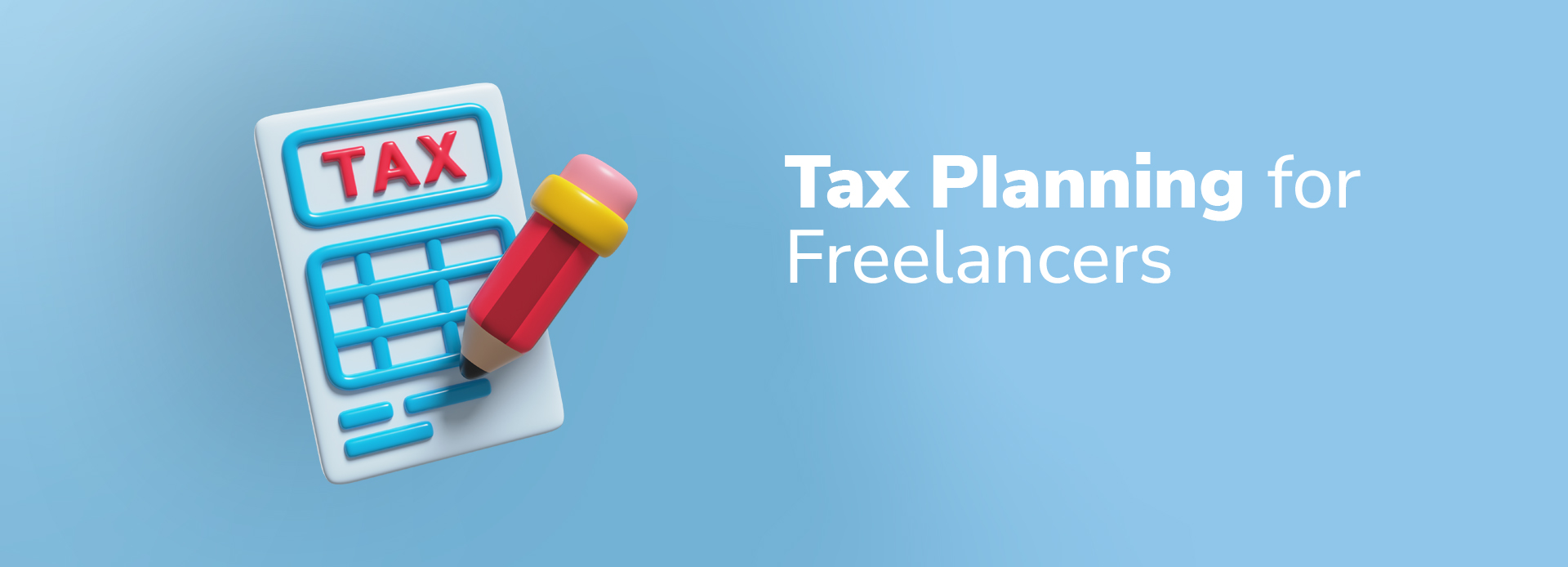5 Pricing Strategies Every Freelancer Should Know
Published on June 15, 2024 | 12 min read
Setting the right prices is one of the most challenging aspects of freelancing. Price too low and you'll struggle to make ends meet. Price too high and you might scare away potential clients. The key is finding the sweet spot where you're compensated fairly for your expertise while remaining competitive in your market.
1. Hourly Rate Pricing
Hourly pricing is the most straightforward approach where you charge clients based on the time you spend working. This method works well for projects with uncertain scope or those likely to require revisions.
Pros:
- Simple to calculate and explain to clients
- You get paid for all hours worked
- Easy to adjust for different types of work
Cons:
- Can create tension if clients watch the clock
- Doesn't reward efficiency (you make less as you get faster)
- Difficult to scale beyond your available hours
"When starting out, I charged $25/hour for writing services. After two years of experience and building my portfolio, I gradually increased to $75/hour. Now at five years in, my standard rate is $125/hour for most clients." — Sarah K., Freelance Copywriter
2. Project-Based Pricing
With project-based pricing, you charge a flat fee for the entire project regardless of how long it takes. This approach works best when you can clearly define the project scope and deliverables.
How to calculate:
- Estimate total hours the project will take
- Multiply by your desired hourly rate
- Add 15-20% buffer for unexpected revisions or scope creep
3. Value-Based Pricing
Value-based pricing focuses on the results you deliver rather than the time spent. This strategy works particularly well when your work directly impacts the client's revenue or business growth.
Example: A conversion rate optimization specialist might charge $5,000 for a website audit and recommendations that could potentially increase the client's sales by $50,000 annually.
4. Retainer Model
Retainers provide predictable income by having clients pay a set monthly fee for a defined scope of work. This model creates stability and reduces the constant hustle for new projects.
Implementation tips:
- Clearly define what's included (hours, deliverables, response times)
- Set minimum contract terms (3-6 months recommended)
- Include provisions for additional work beyond scope
5. Tiered Pricing Packages
Offering multiple service levels at different price points makes it easier for clients to choose while increasing your average project value.
Example package structure for a graphic designer:
- Basic: $500 - Logo design + 2 revisions
- Standard: $900 - Logo, business card, letterhead + 3 revisions
- Premium: $1,500 - Full brand identity including style guide + unlimited revisions
Remember that pricing isn't static. As you gain experience, build your portfolio, and establish credibility in your niche, you should regularly evaluate and adjust your rates. Many successful freelancers increase their prices by 10-25% annually or with each significant new client.


.png)


